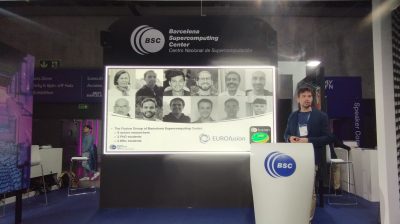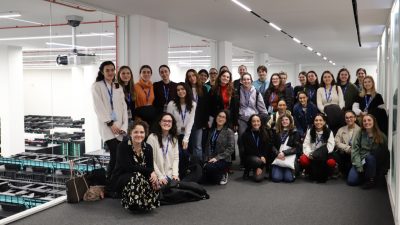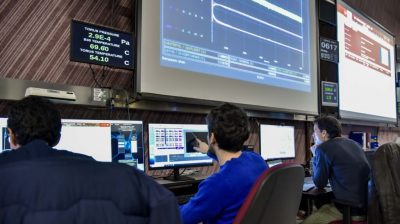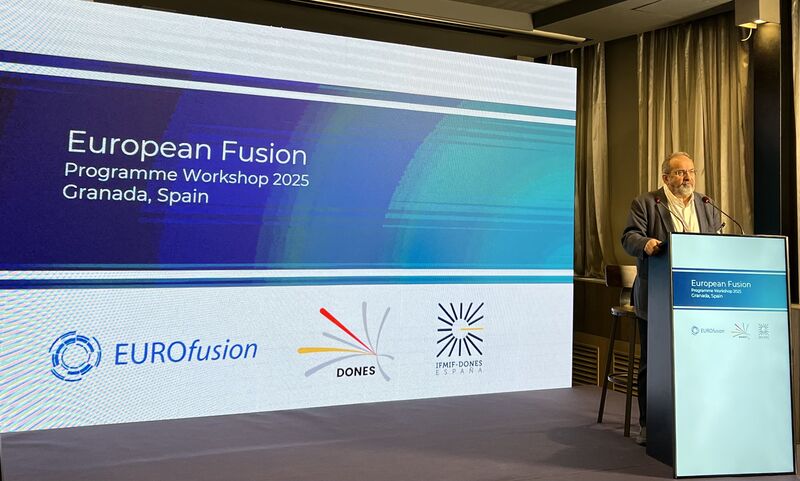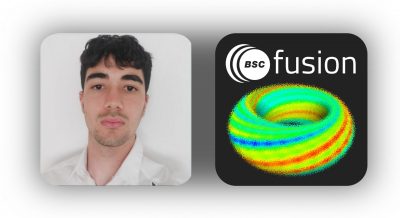
Our research group welcomes Juan Manuel Sanchez Melian as a new Master’s student to carry out his MSc thesis research project in our Fusion group. His six-month internship will give him the opportunity to gain first-hand experience of working with one of the world’s most powerful supercomputers, the MareNostrum 5. Furthermore, his research will focus on the timely and critical topic of nuclear fusion.

